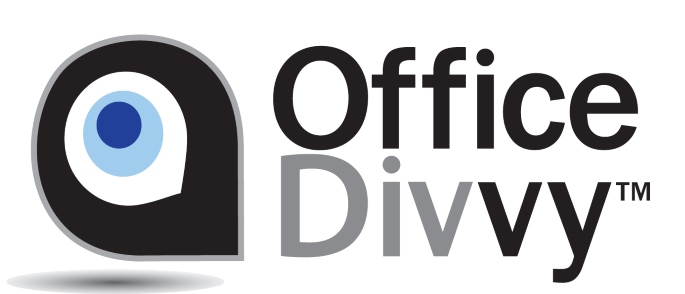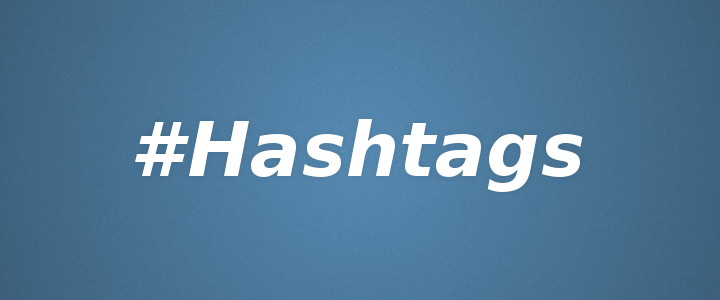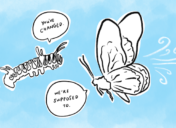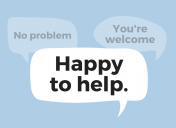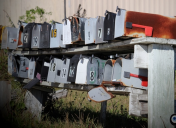Hashtags | How to Use Hashtags
If you’ve asked yourself these questions: How to Use Hashtags, How Do Hashtags Work or What is the Purpose of Hashtags, then this blog post is precisely for you.
We’ve heard from many people in our local business community who said, “I don’t understand hashtags!”
It doesn’t matter what social media site you use… You’ve probably seen, or heard of, at least, a hashtag. The keyboard character has hitched itself to a phenomenon that’s maneuvered it’s way into our lives both in and outside the digital world. They’re on Twitter, Facebook, Pinterest, Tumblr, billboards, magazines, television, and any other media you can think of.
So how did this “fad” start? And why hasn’t it gone away?
First, credit goes to Chris Messina. He’s currently the Developer Experience Lead at Uber, but in 2007 he was the founder, and leader, of the hashtag movement. Because of him, hashtags seem to be here for the long haul.
how do you feel about using # (pound) for groups. As in #barcamp [msg]?
— Chris Messina (@chrismessina) August 23, 2007
….that, was the first known hashtag ever posted!
Twitter was not receptive at first. Hashtags were seen as more noise than substance—and just ugly, really. But when executives noticed users utilizing hashtags to organize discussion topics and create collectives of ideas and stories, they began to work to implement them. Hashtags were officially added to the twitter user-experience on June 1st, 2009.
 A hashtag serves as a metadata tag that both categorizes your post and hyperlinks it to a feed of other people’s posts using the same hashtag. Essentially a hashtag is a keyword or a phrase used 1) to amplify the message (the post), and 2) to aggregate posts that have similar sentiments. And it has the added benefit for the person who is using the hashtag in their own post: By having a place where similar thoughts can be seen, users can increase the visibility of their own posts. Users can now say something interesting or funny and have it seen by others outside their circle.
A hashtag serves as a metadata tag that both categorizes your post and hyperlinks it to a feed of other people’s posts using the same hashtag. Essentially a hashtag is a keyword or a phrase used 1) to amplify the message (the post), and 2) to aggregate posts that have similar sentiments. And it has the added benefit for the person who is using the hashtag in their own post: By having a place where similar thoughts can be seen, users can increase the visibility of their own posts. Users can now say something interesting or funny and have it seen by others outside their circle.
See this example: #HowToUseHashtags
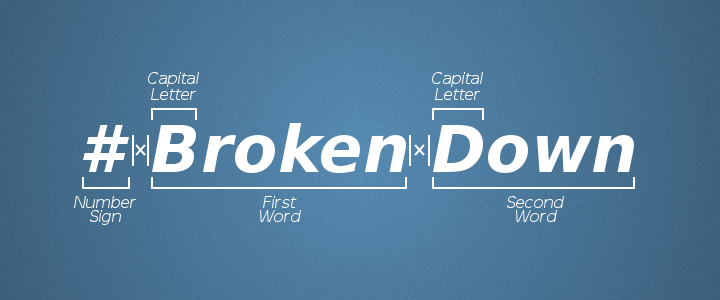
Social media is riddled with terrible hashtag usage. We’ve all seen hashtags carrying the same word count as a Stephen King novel and posts where #every #word #is #a #hashtag. So what constitutes a good hashtag? It’s simple: Simplicity. 🙂
You will see better results when you limit yourself to no more than three words in a hashtag and one-two hashtags a post. And if you choose to use multiple words, capitalize the first letter of each one! This is essential if you want good readability.
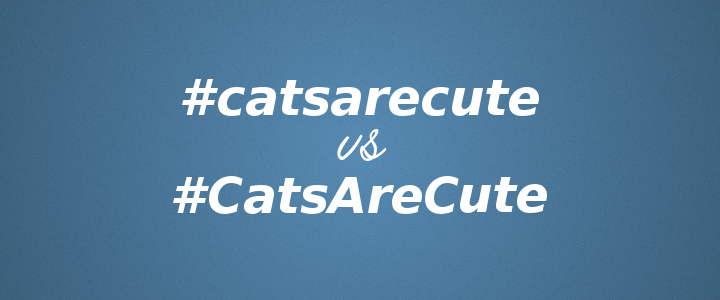
Of course, rules can and have been broken with great success, but these are good guidelines to start with.
 It’s a good idea to keep your hashtags relevant to your business. This is especially important to keep in mind when you’re staring at a list of trending topics. Many of those hashtags are forbidden fruit for your business. Their popularity may be enticing, but they can alienate your current and potential followers if not carefully considered. So before you comment on the latest celebrity scandal, ask yourself if users will see it as a desperate attempt for relevancy.
It’s a good idea to keep your hashtags relevant to your business. This is especially important to keep in mind when you’re staring at a list of trending topics. Many of those hashtags are forbidden fruit for your business. Their popularity may be enticing, but they can alienate your current and potential followers if not carefully considered. So before you comment on the latest celebrity scandal, ask yourself if users will see it as a desperate attempt for relevancy.
Now with that, you’re not just limited to hashtags which apply to your business. You can expand and take advantage of whatever industry you’re in. If you’re a small business or startup, with hashtags like #entrepreneur and #Startup, you can reach out to like-minded business owners and share their tips, ideas, and support. And maybe some of your own!
 Creating a hashtag campaign is a great opportunity to get people talking about your business and can serve as a means of better brand engagement. Use them to unveil new products, hold contests, or just engage your customers. There are a million and one ways to use hashtags to share your brand. The ones that have had the most success were those whose concept was easily picked up.
Creating a hashtag campaign is a great opportunity to get people talking about your business and can serve as a means of better brand engagement. Use them to unveil new products, hold contests, or just engage your customers. There are a million and one ways to use hashtags to share your brand. The ones that have had the most success were those whose concept was easily picked up.
Taco Bell is a good example of a brand that does social media campaigns well. Their #tacoemoji campaign was an attempt to get a taco emoji into the Unicode library. It did well because it was simple, fun, and anyone could hop in on the joke. They know that their customers’ celebration would bring naturally success and engagement.
Just know that all campaigns cannot be great successes. Social media users are fickle. What may have been a hashtag with good intentions, can turn around and bite you. Take #McDstories for example. It started as a way for people to share their happy McDonald’s stories, but quickly turned into people bashing the fast-food chain.
A similar thing happened to the New York City Police Department with their #MyNYPD campaign. They asked users to share their pictures of NYPD officers on duty, but it quickly devolved to a feed displaying police committing acts of brutality.
By exercising caution and doing proper research, you can avoid a situation where you lose control of your campaign.
 This advice may be a given, but be creative. It’s easy to follow rules and be conservative in your hashtag usage, but the rules of what works and what doesn’t are found through experimentation. The web is the best medium to try new things with your business. Your first hashtag campaign might be a train wreck, but there’s always the next one. There’s so much new information out there, people will quickly forget a misstep someone may have made in their tweet or Facebook post. So experiment! Because whether you like it or not, hashtags have become a part of our modern language.
This advice may be a given, but be creative. It’s easy to follow rules and be conservative in your hashtag usage, but the rules of what works and what doesn’t are found through experimentation. The web is the best medium to try new things with your business. Your first hashtag campaign might be a train wreck, but there’s always the next one. There’s so much new information out there, people will quickly forget a misstep someone may have made in their tweet or Facebook post. So experiment! Because whether you like it or not, hashtags have become a part of our modern language.
Hashtags, Emojis…who knows what’s next? Maybe #Hieroglyphics? History does repeat itself.
We hope you benefited from this blog post on How to Use Hashtags. Keep an eye on our upcoming Office Divvy Classes — perhaps we’ll do a hands-on Workshop on How Do Hashtags Work and How to Use Hashtags.
Note: All product and company names used in this blog post are trademarks™ or registered® trademarks of their respective holders. Our use of them in this blog post does not imply any affiliation with or endorsement by them.
___
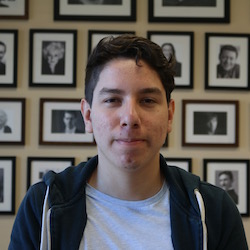 This Post was written by Oliver Arredondo. Oliver is a member of the Office Divvy Digital Team. He produces great graphics and videos, and also helps with event-management at our Coworking and Event space–that is, when he’s not distracted playing Pokemon Go. Oliver is on his way to pursuing his career as a Filmographer in Austin, TX.
This Post was written by Oliver Arredondo. Oliver is a member of the Office Divvy Digital Team. He produces great graphics and videos, and also helps with event-management at our Coworking and Event space–that is, when he’s not distracted playing Pokemon Go. Oliver is on his way to pursuing his career as a Filmographer in Austin, TX.

- Hashtags | How to Use Hashtags - July 27, 2016
